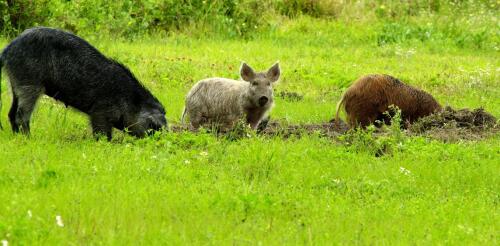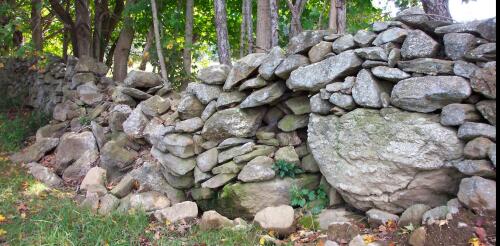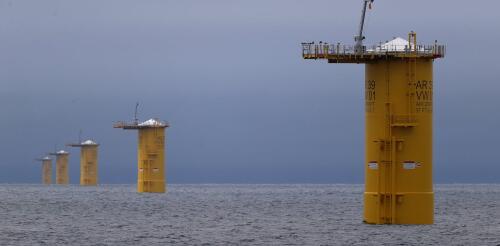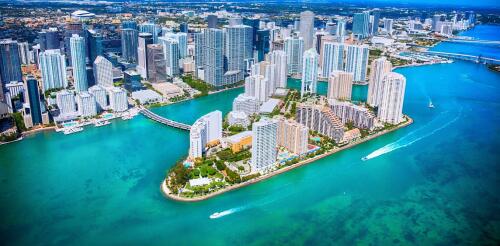Wildlife
They go by many names – pigs, hogs, swine, razorbacks – but whatever you call them, wild pigs (Sus scrofa) are one of the most damaging invasive species in North America. They cause millions of dollars in crop damage yearly and harbor dozens of pathogens that threaten humans and pets, as well as meat production systems. Although wild pigs have been present in North America for centuries, their populations have rapidly expanded over the past several decades. Recent studies estimate that since the 1980s the wild pig population in the United States has nearly tripled and expanded from 18 to 35 states. More recently, they have spread rapidly across Canada, and these populations are threatening to invade the U.S. from the north. The wild pigs in Canada are unique because they were originally crossbred by humans to be larger and more cold-hardy than their feral cousins to the south. This suite of traits has earned them the name “super pigs” for good reason. Adu...
Light pollution has steadily intensified and expanded from urban areas, and with the advent of LED lighting, it is growing in North America by up to 10% per year, as measured by the visibility of stars in the night sky. In our recent study, we found that the glow from cities and urban outskirts can powerfully attract migratory birds, drawing them into developed areas where food is scarcer and they face threats such as colliding with glass buildings. Each spring and fall, migratory birds journey to or from their breeding grounds, sometimes traveling thousands of miles. En route, most birds need to make stopovers to rest and feed. Some species burn off half of their body mass during migration. Migratory stopover sites are not random, and birds typically use the same locations from year to year. Because migration takes place on a continental scale, with billions of birds crossing North America each migratory season, it’s important for scientists to understand what attracts bi...
The abandoned fieldstone walls of New England are every bit as iconic to the region as lobster pots, town greens, sap buckets and fall foliage. They seem to be everywhere – a latticework of dry, lichen-crusted stone ridges separating a patchwork of otherwise moist soils. Stone walls can be found here and there in other states, but only in New England are they nearly ubiquitous. That’s due to a regionally unique combination of hard crystalline bedrock, glacial soils and farms with patchworks of small land parcels. Nearly all were built by European settlers and their draft animals, who scuttled glacial stones from agricultural fields and pastures outward to fencelines and boundaries, then tossed or stacked them as lines. Though the oldest walls date to 1607, most were built in the agrarian century between the American Revolution and the cultural shift toward cities and industry after the Civil War. The mass of stone that farmers moved in that century staggers the m...
As renewable energy production expands across the U.S., the environmental impacts of these new sources are receiving increased attention. In a recent report, the National Academies of Sciences, Engineering, and Medicine examined whether and how constructing offshore wind farms in the Nantucket Shoals region, southeast of Massachusetts, could affect critically endangered North Atlantic right whales. The Conversation asked marine scientists Erin L. Meyer-Gutbrod, Douglas Nowacek, Eileen E. Hofmann and Josh Kohut, all of whom served on the study committee, to explain the report’s key findings. Why did this study focus on such a specific site? The Bureau of Ocean Energy Management, which is part of the U.S. Department of the Interior and regulates offshore energy production, asked the National Academies to conduct this study. Regulators wanted to better understand how installing and operating offshore, fixed-bottom wind turbine generators would affect physical oceanographic pr...
PFAS, the “forever chemicals” that have been raising health concerns across the country, are not just a problem in drinking water. As these chemicals leach out of failing septic systems and landfills and wash off airport runways and farm fields, they can end up in streams that ultimately discharge into ocean ecosystems where fish, dolphins, manatees, sharks and other marine species live. We study the risks from these persistent pollutants in coastal environments as environmental analytical chemists at Florida International University’s Institute of the Environment. Because PFAS can enter the food chain and accumulate in marine plants and animals, including fish that humans eat, the spread of these chemicals has ecological and human health implications. Biscayne Bay and nearby coastal areas are teeming with fish, including many varieties that people eat. NPS image by Shaun Wolfe I...




